11 Myths About Fiber That Are Totally Bogus
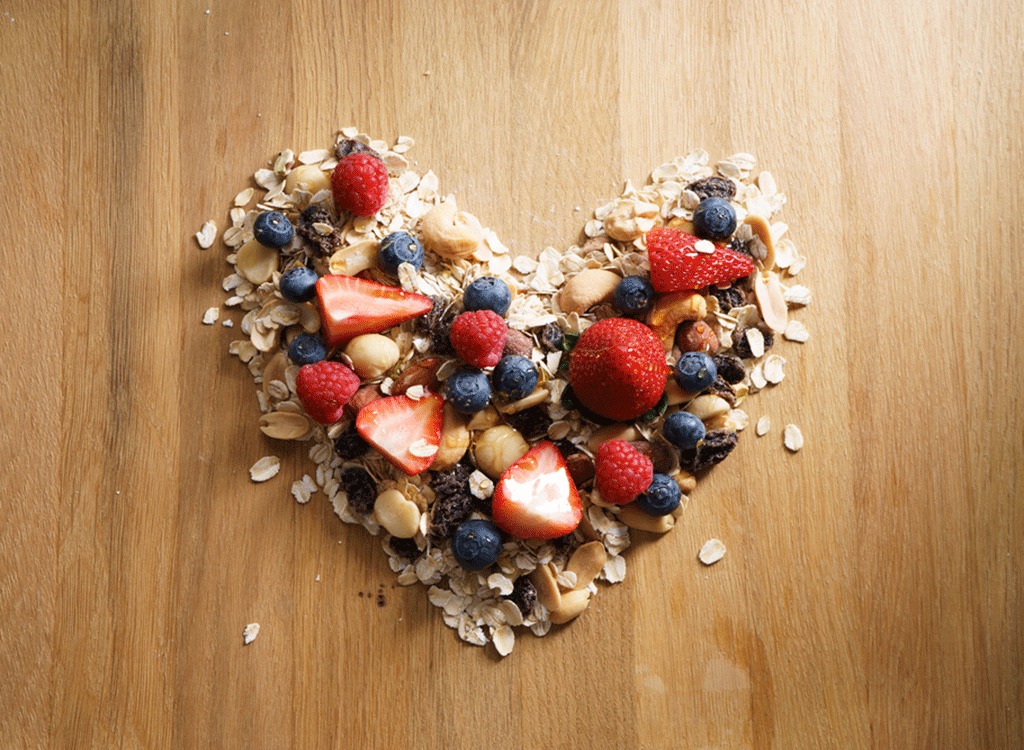
Maybe you down a bowl of high-fiber cereal every morning, have an apple in the afternoon and chug a fiber supplement after dinner. You’re getting more than enough fiber. Right? Not necessarily, experts say. Not all fiber is created equal, and some research has found that only about half of us are getting enough. Depending on the other foods you’re eating, you could even be having too much.
Fiber is a type of carbohydrate that bulks up your meals so you feel fuller faster, helping you control your weight and keep you regular. Here are fiber myths you should stop believing, plus how to ensure you’re getting just the right amount. And while you’re at it, subscribe to the Eat This, Not That! magazine today. It’s packed with nutrition advice, grocery shopping tips, dining out guides, and much more!
There’s Only One Type of Fiber
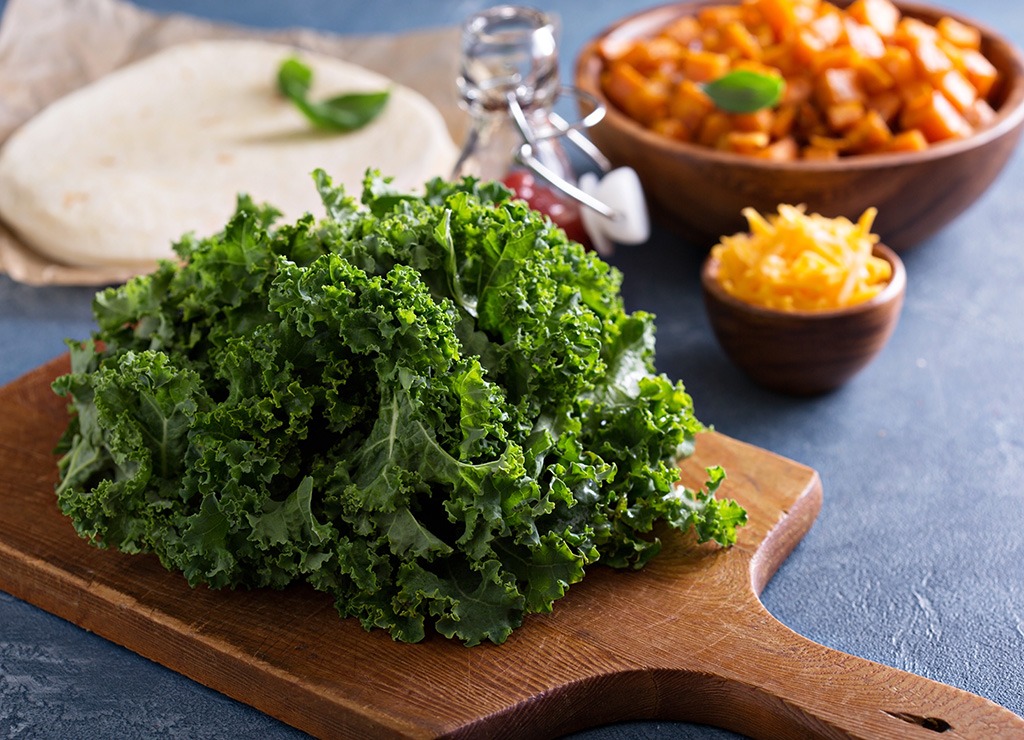
Yes, nutrition labels clump “dietary fiber” under one heading. But there are actually two different types of fiber: Insoluble and soluble. “You want both, because they each have beneficial health effects and are good for your gut. Variety is key,” says Christy Brissette, R.D., president of 80-Twenty Nutrition.
Insoluble fiber is roughage or dry fiber, as Brissette calls it. “It’s the type people think of when they think of fiber,” she says. It bulks up your stool, moving things through your digestive tract to ease constipation. It’s commonly found in bran, whole grains, seeds, and the skins of fruits and veggies.
Soluble fiber binds to water to form a gel in your digestive tract and slows down digestion, stabilizing your blood sugar to prevent spikes that leave you hungry. It also gives your body more time to absorb nutrients and grabs cholesterol to lower your overall levels, says Brissette. And, like insoluble fiber, it keeps things moving through your digestive tract to keep you regular. Get it in bananas, beans, lentils, chia seeds, hemp, and flaxseed.
Cereal Is the Best Source of Fiber
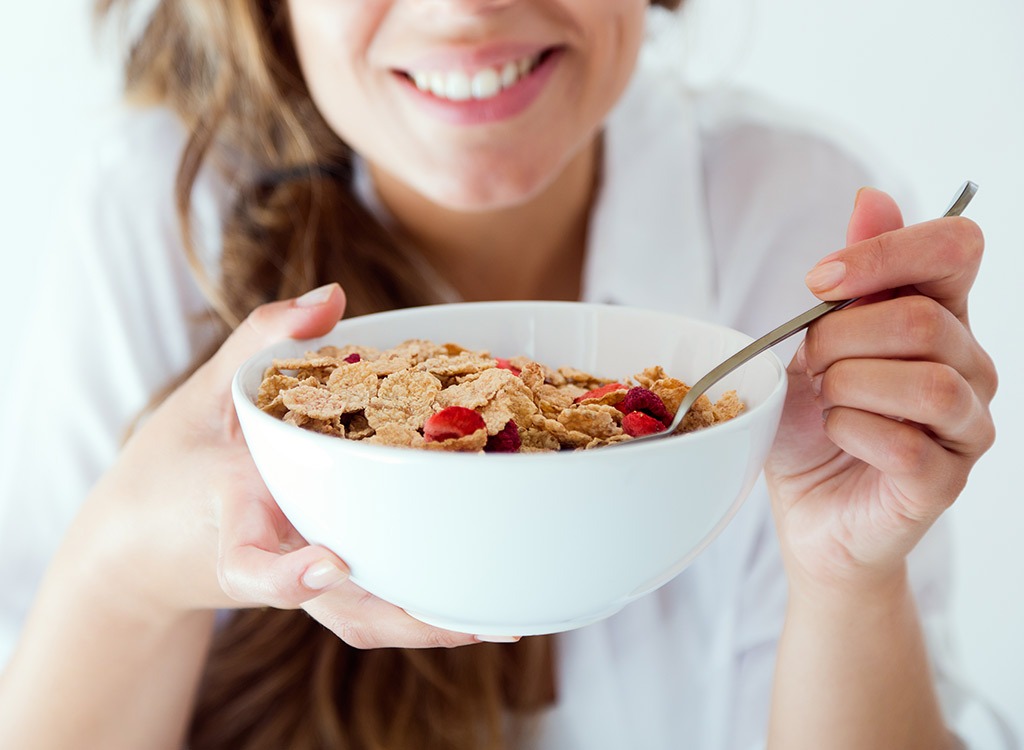
“Oftentimes when people think that whole grain or bran cereal is the only way to meet your fiber needs in a day. But most brands have a lot of added sugar. Some are higher in sodium and some are quite processed,” says Brissette. Rather than turn to high-fiber processed foods, she encourages clients to opt for foods that are naturally high in fiber, like beans, lentils, fibrous veggies, chia seeds, flaxseeds, hemp seeds, and nuts.
There’s No Such Thing As Too Much Fiber

“Sometimes clients come to me thinking they have IBS (irritable bowel syndrome). They’re eating really healthy, but they have gas, diarrhea, and abdominal pain, and they think they have to go on a restrictive diet,” says Brissette. “I take a look and they’re eating giant tons of kale salads, broccoli, cauliflower rice, and dried fruit.” But too much fiber, however—especially insoluble fiber found in cruciferous veggies—can do a number on your digestive tract, causing gas, bloating, and stomach pain.
That said, most of us aren’t getting near the 38 grams (men) or 25 grams (women) recommended by the Institute of Medicine. If you’ve suddenly upped your fiber count and are feeling the bloat, don’t nix the fiber. See if you can trade some harder-to-digest fiber for fiber-rich foods that are easier on your stomach. Instead of kale, try spinach; trade broccoli for asparagus; skip the cauliflower and load up on mushrooms. Or even just reduce your portion size by mixing one cup of kale instead of two and adding a cup of veggies like peppers, cucumber, mushrooms, and asparagus.
You Should Avoid Fiber If You Have Diarrhea
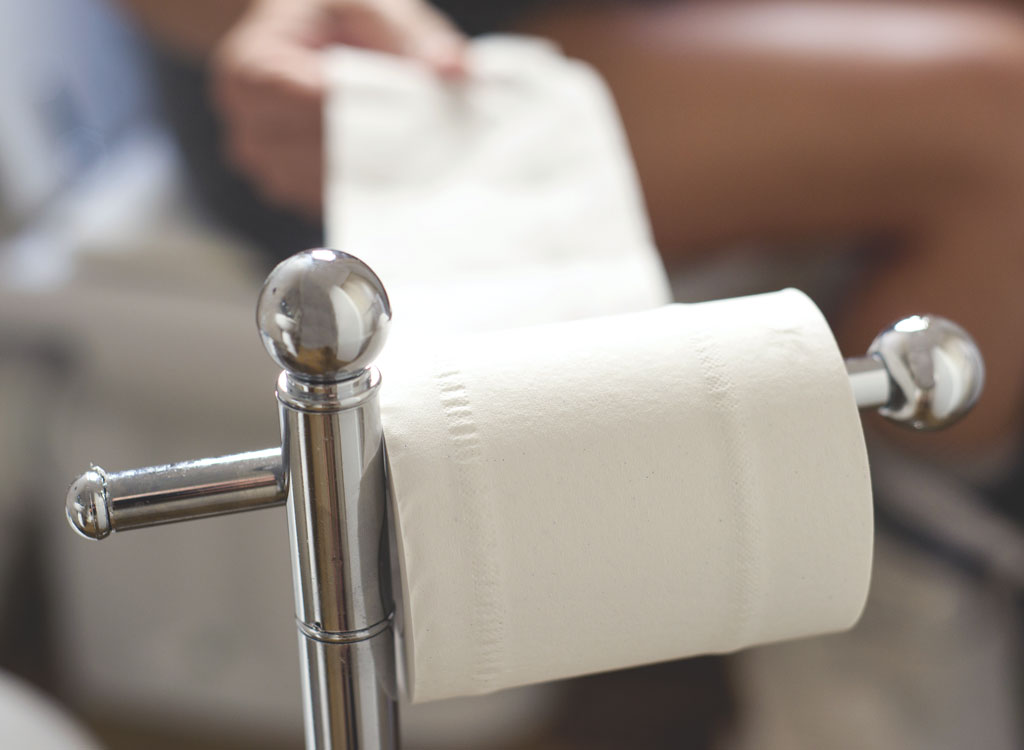
While it’s true that too much insoluble fiber, like broccoli, can lead to a case of flatulence and the runs, soluble fiber can stop a case of the runs in its tracks. “People think if they’re having a loose stool they should cut out all fibers. But when soluble fiber enters your system, it actually slows down your digestive tract,” says Brissette. Bring on the bananas!
Fiber Causes IBS
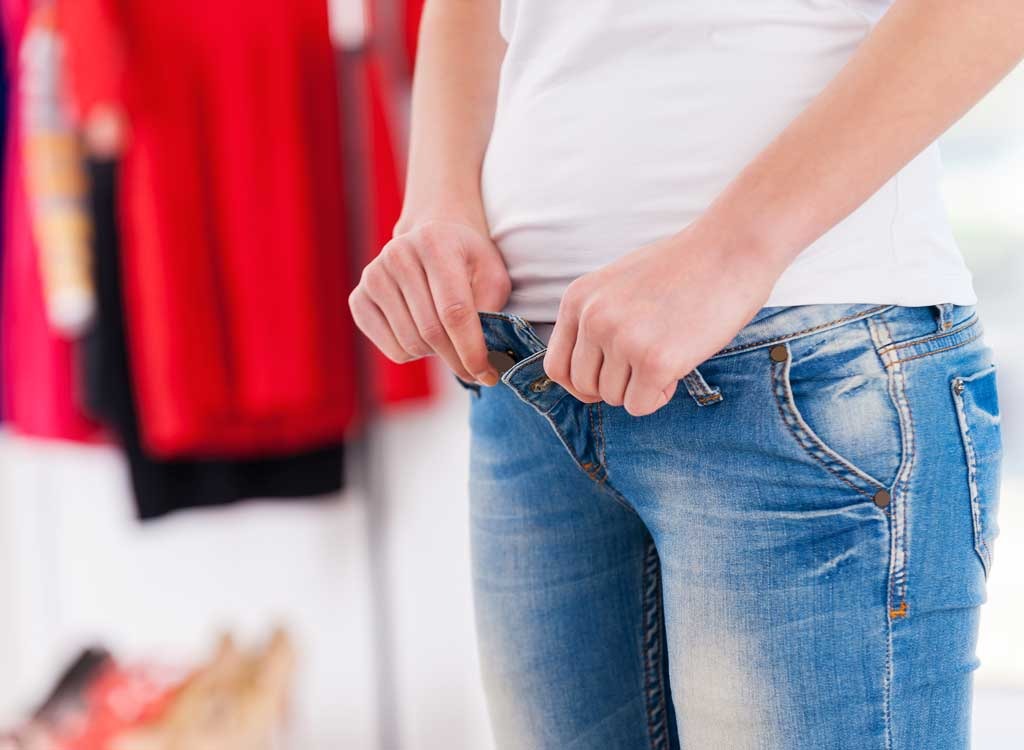
If you’re diagnosed with IBS, your doctor may recommend a low-FODMAP diet, where you’ll reduce certain carbs that are hard to digest. While you’ll eliminate certain stomach-upsetting sources of fiber, like apples and cauliflower from your diet, “a low-FODMAP diet isn’t necessarily a low-fiber diet,” says Brissette. “If you have digestive issues, it’s important to include low-FODMAP, high-fiber foods to lower inflammation and promote overall health.” In other words, there are plenty of fiber-rich foods, like chia seeds, artichokes, and kiwi. Keep in mind that a low-FODMAP diet isn’t meant to be long-term. Instead, with the help of a nutritionist, the idea is to eliminate all FODMAP foods and gradually add them back into your diet until you figure out the specific culprit behind your stomach woes.
Fiber and Prebiotics Are the Same Thing

Prebiotics are a subset of fiber that feed the healthy bacteria living in your gut and make up your microbiome —but not all fiber is prebiotic. There are a few different types of prebiotics, including pectin (found in apples), polyphenols (dark chocolate), resistant starch (oats, corn, and lentils) and inulin (artichokes, leeks, and onions). “In as little of two weeks, having a more whole-foods, plant-based diet can help change your gut bacteria in a positive way,” says Brissette. Do your gut an extra favor by choosing fermented foods like sauerkraut and kimchi that pack prebiotics as well as probiotics, a type of gut-beneficial bacteria.
You Only Need Fiber to Stay Regular
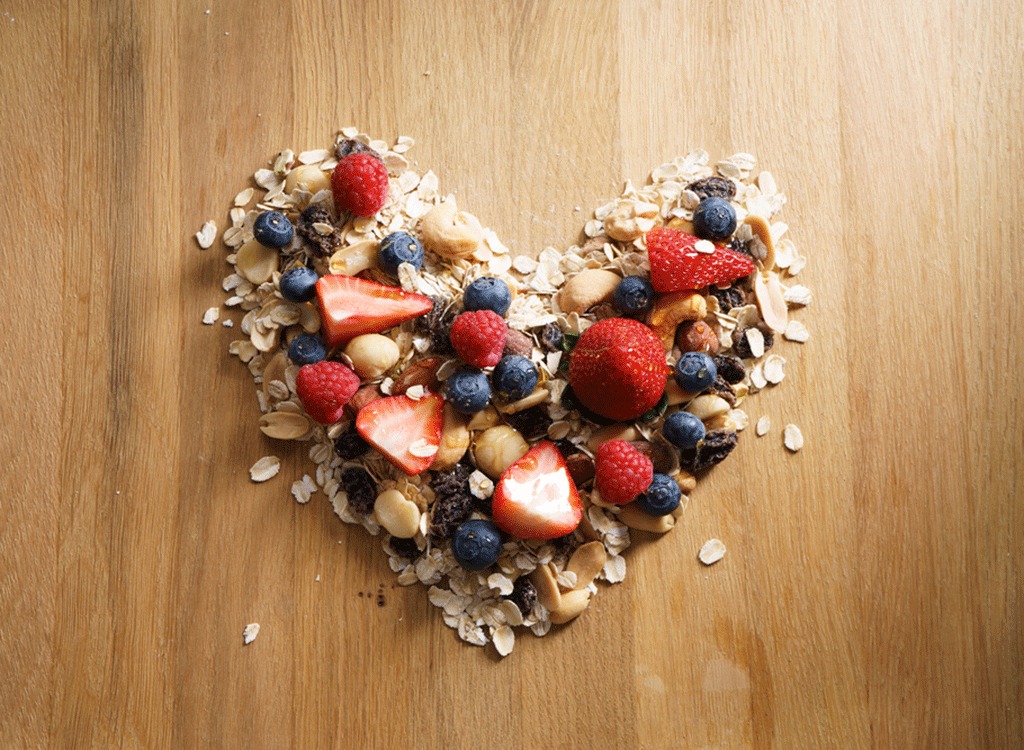
“This one I hear a lot from clients. They’ll say they don’t need to increase fiber because they’re regular. But fiber isn’t just about your digestive system,” says Brissette. A high-fiber diet includes loads of anti-inflammatory antioxidants, reducing your risk of chronic conditions including heart disease and type 2 diabetes. Because it keeps your appetite in check, it helps control your weight. Getting a healthy dose of daily fiber lowers your risk of colorectal cancer by keeping things moving in your digestive tract. And the prebiotics in some types of fiber feed the good bacteria in your gut, which have been shown to boost your immune system and mental health.
Fiber Cures Constipation
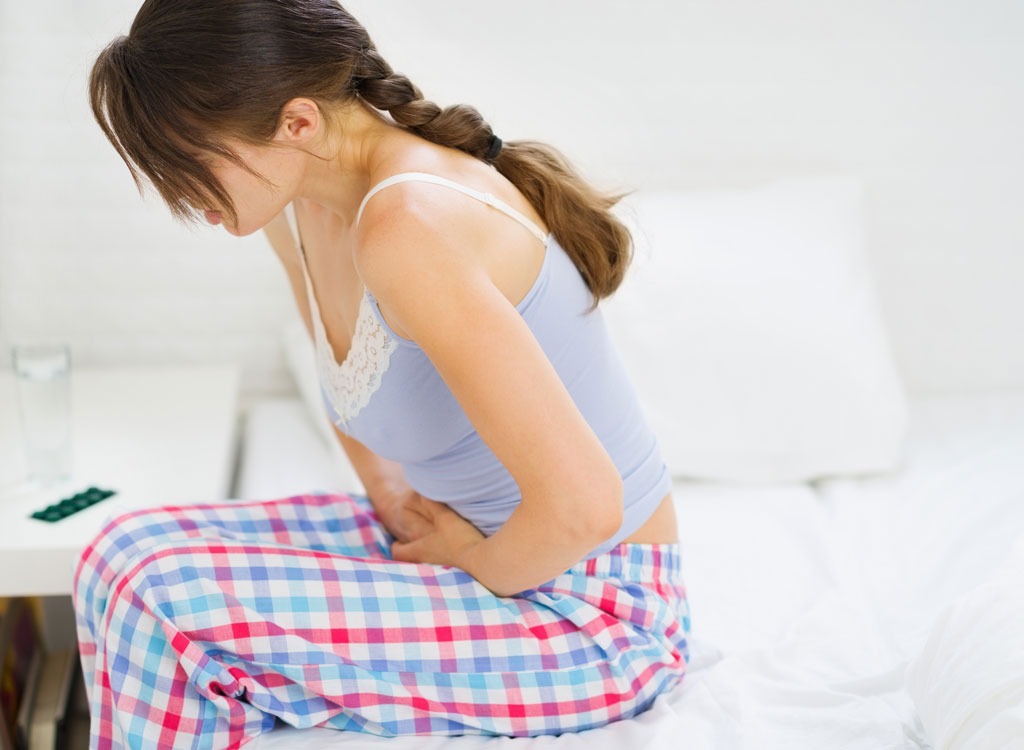
While it’s true that a low-fiber diet is a common cause of constipation, there are many other culprits behind this condition. Dehydration can back you up, even if you’re eating loads of fiber, since your stool isn’t moist enough to efficiently move through your digestive tract. Not being active can lead to constipation, notes Brissette, as can some medications. If you’re suddenly hitting the loo less than usual or are otherwise concerned about your bathroom habits, talk to your doctor to rule out other potential issues.
All Fruits and Veggies Are Good Fiber Sources
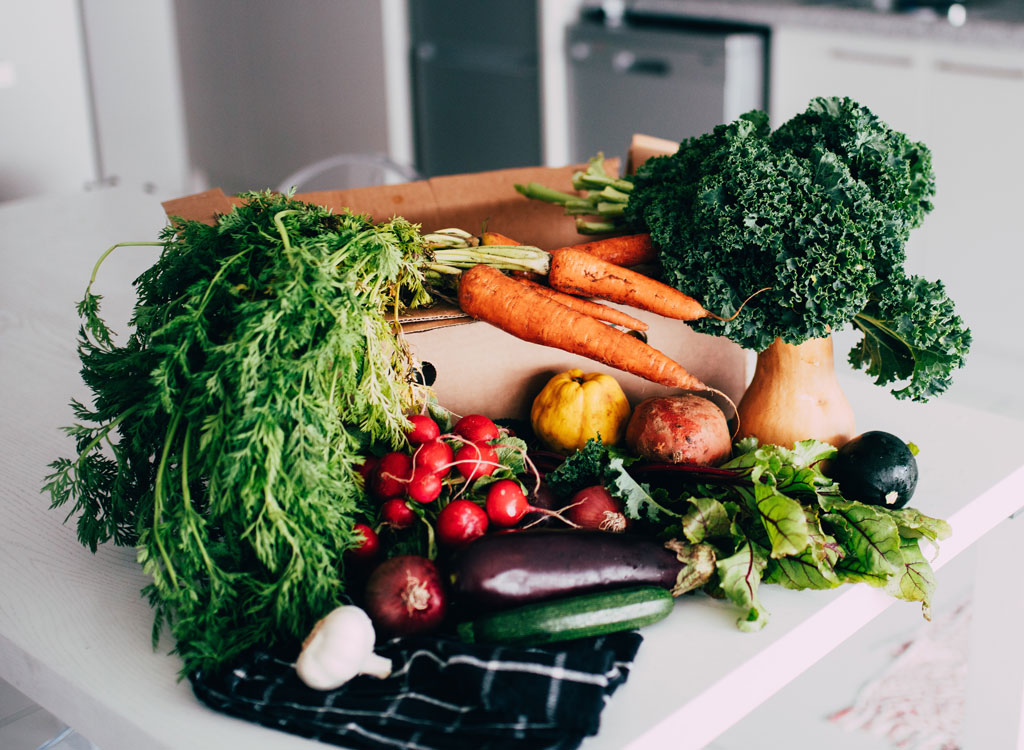
When it comes to fiber, not all fruits and veggies are created equal. Watery produce like cucumbers and watermelon have very little fiber, while cruciferous veggies (kale, broccoli, cauliflower) and denser fruit (avocados, pears, apples) are great sources of fiber—as long as you eat the skin (except, of course, on avocados), which contains about half their fiber content. Dried fruit is also a great source of fiber; just watch out for preservatives like sulfites and added sugar. Be careful of your portion size, too, since you’ll get more calories in fewer bites.
And remember, produce that’s lower in fiber still guarantees plenty of other health benefits. “All fruits and veggies serve up antioxidants and phytochemicals. Each color indicates a different disease-fighting compound,” says Brissette.
High-Fiber Foods Never Raise Your Blood Sugar
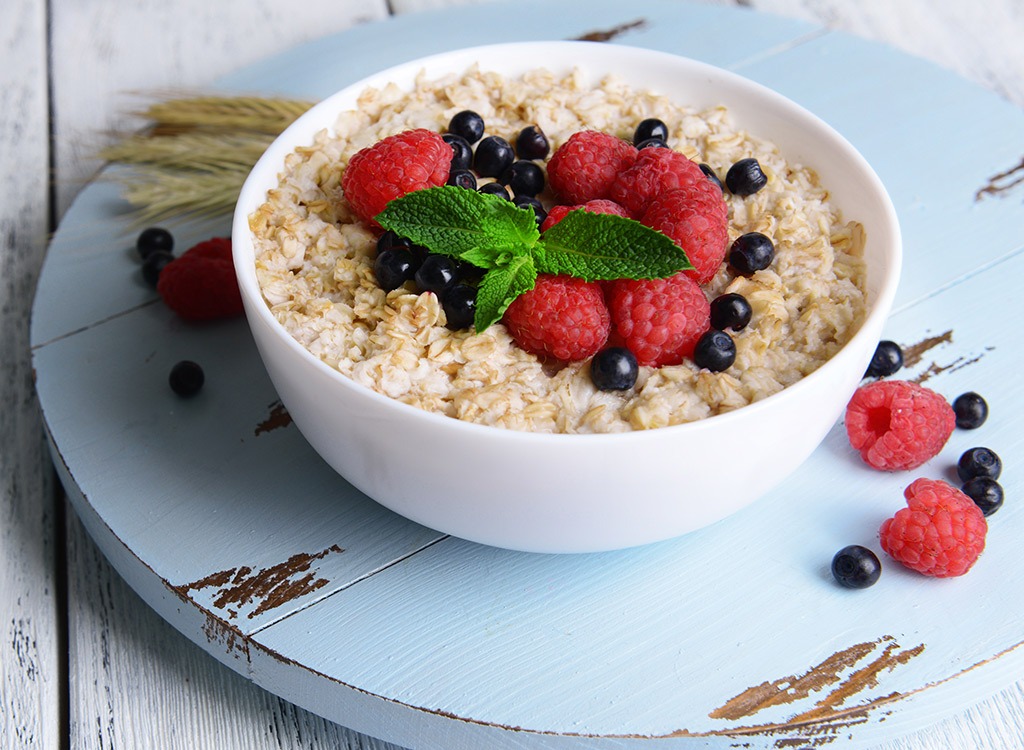
“Clients often think that if a food is high in fiber, it’s also low on glycemic index. This isn’t true, and it confuses people,” says Brissette. Generally speaking, when you swap white rice for higher-fiber brown rice, your blood sugar is less likely to spike-and-crash. With that said, some high-fiber foods like bran flakes and oatmeal are high on the glycemic index. Other processed foods like cereal and protein bars have fiber added to them, but not always the kind that keeps blood sugar from hitting the roof.
For the most part, the more cooked or processed a food is, the more it raises blood sugar, says Brissette. Most natural, whole foods, on the other hand, have fiber that’s harder for your body to break down. If you’re having oatmeal, opt for steel-cut or whole rolled versus instant oats, which have been heat-treated so that they’re quickly digested as soon as they hit your system. When it comes to bread, whole wheat is better than white, while stone ground is even better, says Brissette.
You Should Take Supplements to Ensure You’re Getting Enough Fiber
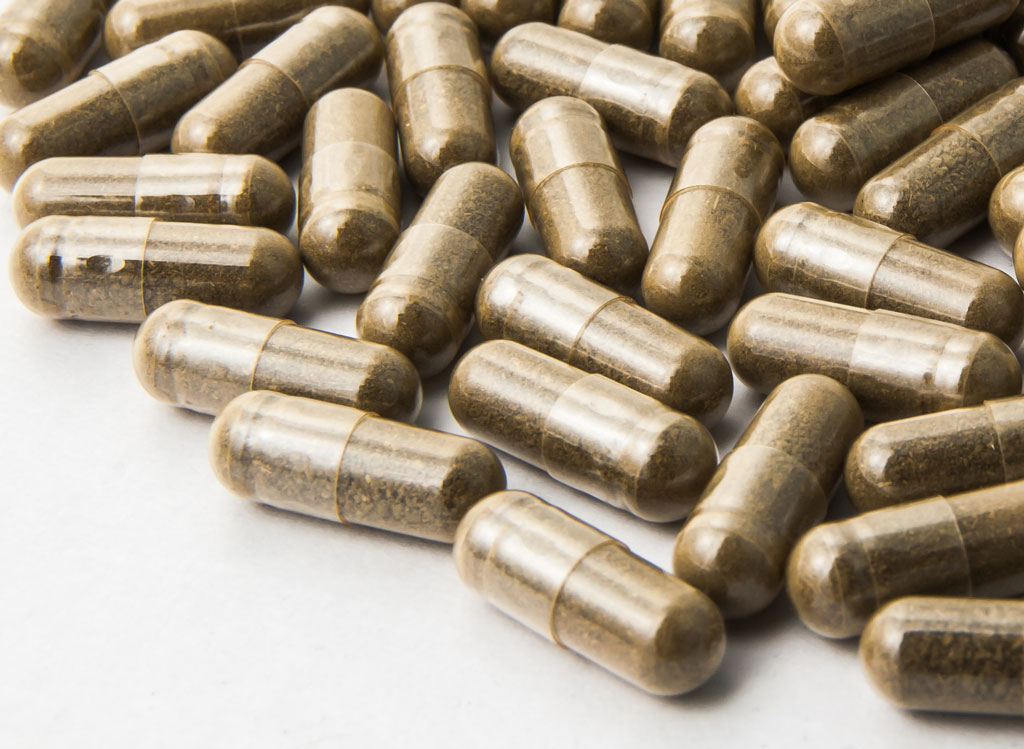
If you’re looking to add fiber to your diet, a supplement is not the place to start. “Studies show if you just add fiber supplements like powdered fiber to your day and your diet doesn’t contain fiber-rich whole foods, it doesn’t have protective effects on your overall health,” she says. What’s more, too much soluble fiber from supplements can bind to minerals including calcium, iron, magnesium, and zinc as well as some medications, so that they pass through your system without being absorbed. Instead, start with adding more high-fiber whole foods to your diet. If you still think you’re not getting enough fiber, be careful about when you take that supplement. “If you’re taking a fiber supplement in morning and that’s when you take your multivitamin, rethink your timing. Maybe have it at night instead,” says Brissette.








